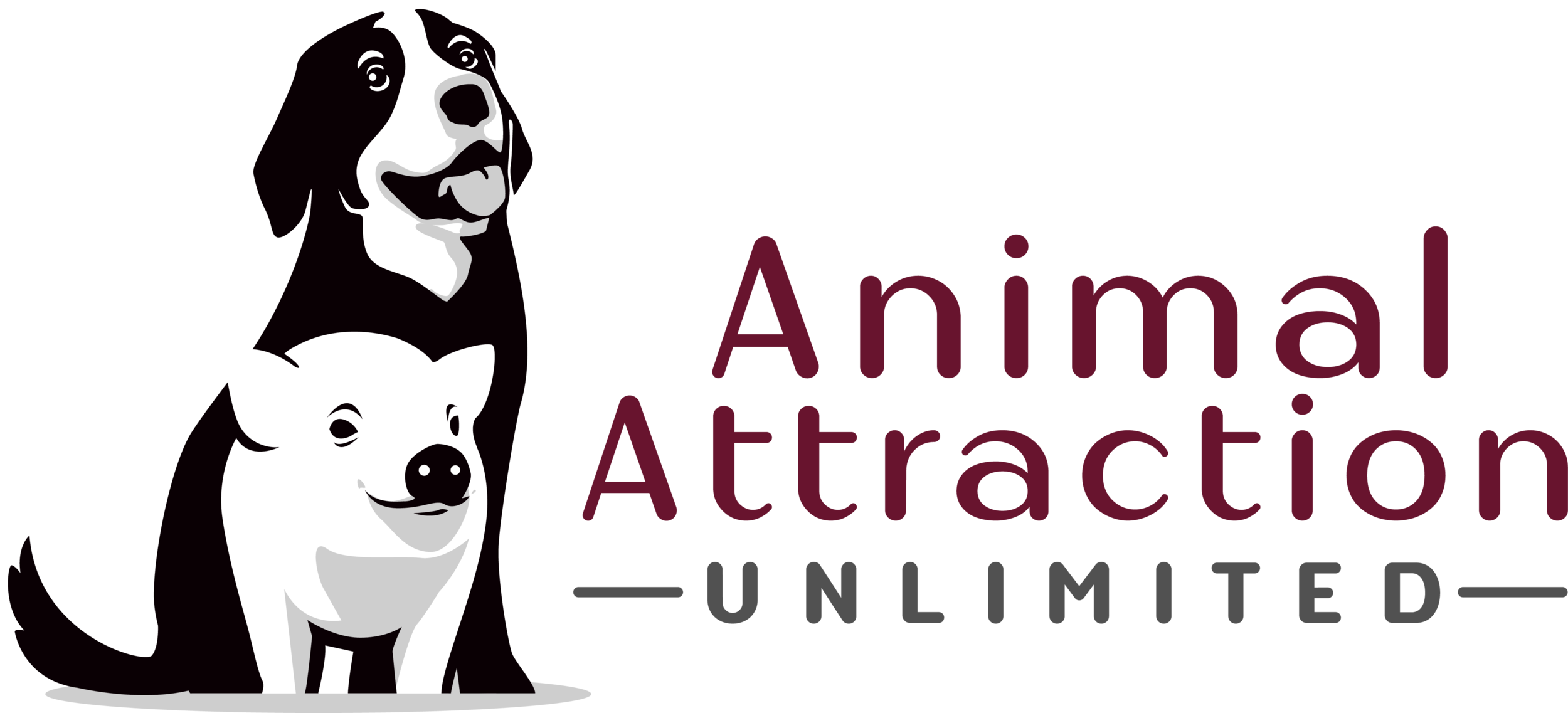Classical Conditioning and Its Use With Dog Aggression
As a dog trainer I deal with many behavior problems. Aggression is one of the most common reasons I get called to someone's home, whether it is aggression directed towards a person or another animal (usually other dogs). In my 25+ years’ experience as a dog trainer I have found that aggression is usually caused by one or more of a few things:
1) under-socialization/fear
2) a traumatic experience when the dog had little to no "padding" of good experiences
3) mishandling of the situation by the owner
4) genetics
Unless a dog is poorly bred, has a neuro-organic disorder, or is bred specifically for its aggressive tendencies, the most likely cause of its aggression is fear. The old-school way of dealing with aggression of any kind was to try to punish it out of the dog. The problem with this concept is that it usually only made matters worse. Yes, a well-timed choke chain correction or shock from a collar may have suppressed the behavior temporarily but, if in the future, the dog is ever put in a situation where it knows the correction is not immediately forthcoming, its reaction will be worse than it would have been to begin with.
Let me put it this way. Let’s say you are deathly afraid of snakes, so much so that you react violently when you see one. One day I come along & beat you over the head while you are reacting to this thing you are so afraid of. Now how do you feel about snakes? You would probably be more afraid of them & more anxious because not only do you have the original fear, but snakes have come to predict me beating you over the head. So, the next time you see a snake you would react even more violently in an attempt to make it go away before you get another beating.
This said, the best way to deal with any aggression problem is not through positive punishment. The most effective options are Classical (also called Pavlovian or Respondent) Conditioning, and the positive reinforcement & negative punishment aspects of Operant Conditioning. Classical conditioning is the typical Pavlov's dog scenario: bell rings = dog salivates. Operant conditioning is based on B.F. Skinner's work where the animal's behavior predicts whether or not it is rewarded or punished.
The solution through Classical Conditioning is getting the dog to understand that the presence of something it doesn't like predicts a reward. The reward has to be something the dog finds rewarding, not what we think the dog should find rewarding. It could be prime rib, a ride in the car, going for a walk, or even a thrown tennis ball. It doesn't matter, as long as the dog only receives this special reward in these situations and at no other time. Basically, you are trying to change the dog's internal emotional state about whatever it is he doesn't like. The process for classical conditioning goes something like this: the stimulus (person/dog) appears, the dog gets a reward - REGARDLESS of his behavior! Preferably he is not in full blown attack mode at this point, but it doesn't matter. Every time this stimulus appears the dog gets a reward. Sometimes he may be growling, sometimes he may be sniffing the ground, sometimes he may be sitting. It really doesn't matter because the common denominator here is the presence of what he doesn't like. Pretty soon the dog will be begging for this situation to happen because it means he gets his favorite reward. We have changed his way of thinking. This is called a Conditioned Emotional Response, or CER for short.
Now, for the solution to this problem using the positive reinforcement and negative punishment parts of Operant conditioning. The stimulus that your dog doesn't like comes into view. Hopefully, being the good owner that you are, you know the threshold for your dog in this situation - let’s say 15'. You want to begin reinforcing your dog for his good behavior when the stimulus is more than 15' away. He gets reinforced based on his behavior. This means he really has to concentrate on how he is acting in the presence of this thing he doesn't like. Once your dog is really comfortable at this distance you gradually decrease the distance. You do not want to get so close as to cause him to react. You want him to remain calm and relaxed. Decreasing the distance down to nothing may happen in one session, or it may take many sessions depending on the severity of your dog's problem. The key here is not to push it. If you push your dog too far too fast then you will cause anxiety. You will not have a stable foundation on which to build and your dog will not be reliable. If your dog reacts then do not punish him because it was your mistake by getting too close & not reading your dog properly. The best thing to do is to remove the reinforcer (negative punishment) and distract him while you increase the distance and begin again.
Obviously there is more to this than I can possibly cover here, but hopefully, this gives you an idea of the process. For more information on classical conditioning and its uses we cover it more thoroughly in our podcast titled Classical Conditioning. There are benefits and drawbacks to each of these methods, but either way, they are much more effective than positive punishment.

